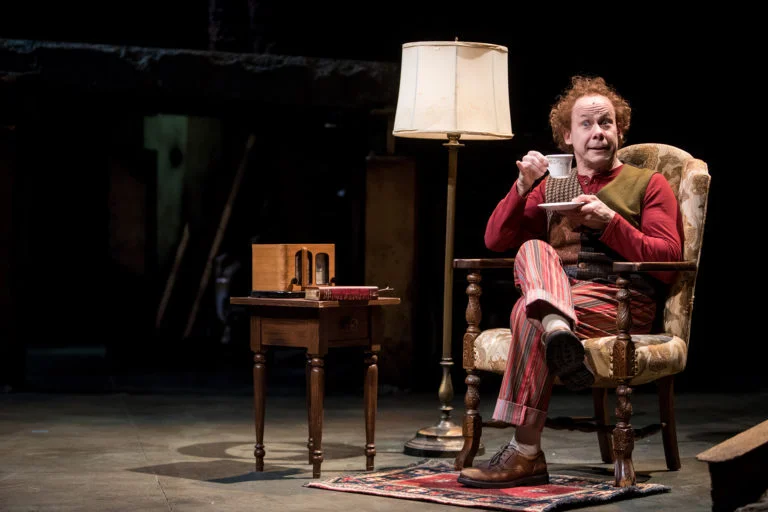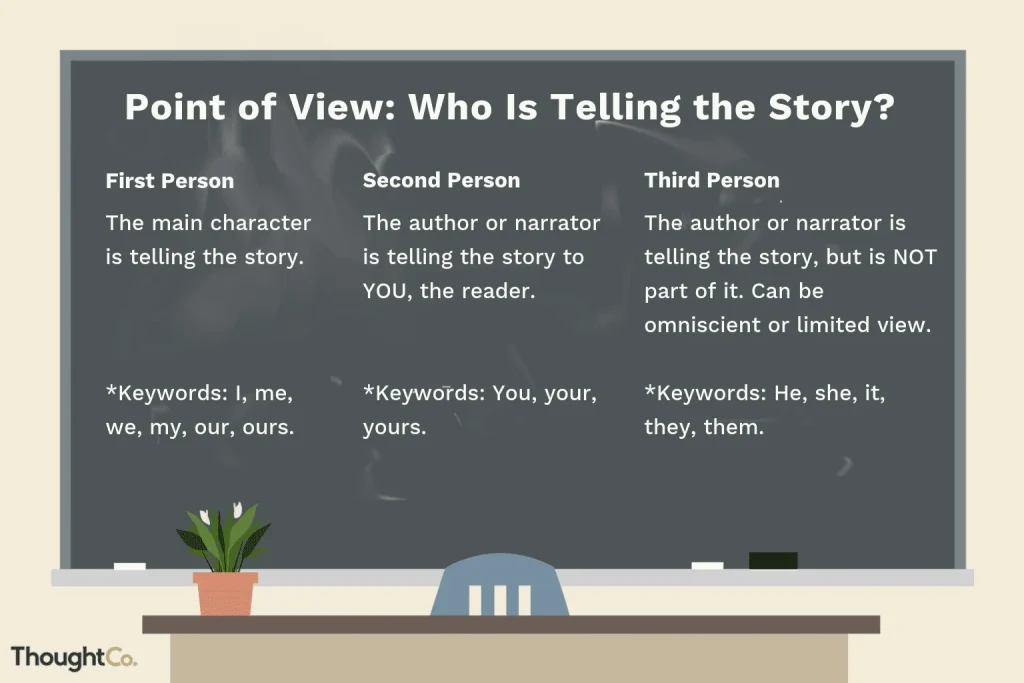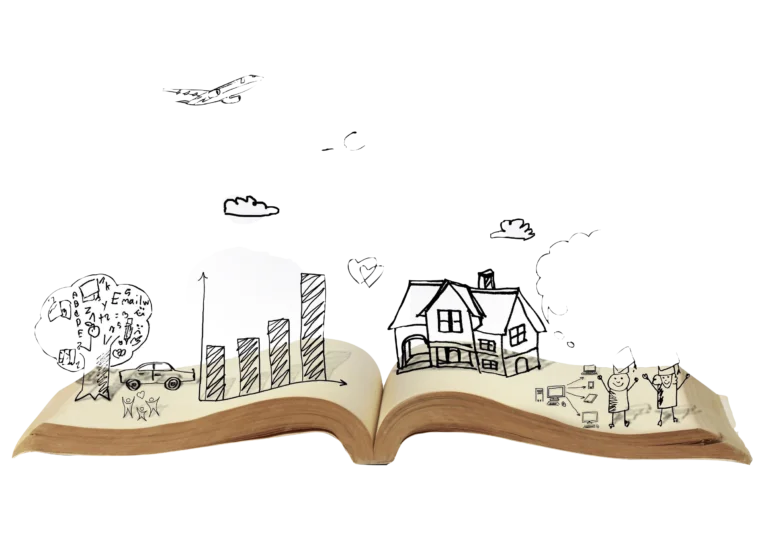Narrating a story will need you to pick the point of view that the story should take. ‘Narrative’ indicates the person who is telling the story. It also indicates the relationship that the person has to the characters playing in the story. The different types of narratives play a major role in the entire story onscreen. The narrator adds to the color of the story and gives it a certain ‘feel.’
So there are four types of narratives that may be involved in a story. You don’t have to be a Shakespeare, so don’t panic, we have got you covered up. The below section will take you on a one-stop destination to all the major narratives. Learn with some examples that will help you narrate your story better.
What is a Narrative?
The most important and commonly used types of narratives include the first person and third person. The second person comes into sightless often. However, it is still common that it to be included in literature class. Personal pronouns also display clear points of view.
Pronouns Used in Types of Narratives
“I” and “We” are the first person pronouns as they refer to oneself. You, which is utilized in both singular and plural forms, is a second-person pronoun. It is directed towards who it is being addressed. “He”, “She”, “It”, “They,” are third-person pronouns. They refer to a person or thing that is being referred to beside the speaker. Hence, literature narratives are often seen as first, second, or third person based points of view.

Types of Narrative : First Person
In a first-person narrative, the storyteller is the person narrating the story from his own point of view. The storyteller generally uses the “I” as the pronoun. He might use “We” in case he is speaking as part of a group. The character playing in the story may be in the midst of performing an action. It may also align with a character who sees the action from the outline. However, in either case, you get an overview of the summary of the scene that is happening.
This also includes portraying the emotions and feelings of the descriptive impressions. All of these mix well with the character’s thoughts, mood, exclusive experiences, or even their opinions on different perceptions.
Example of a First Person Narrative
Let us absorb this concept with a quick and easy example from an excerpt.
A classic example for a first-person narrator is to be the protagonist of a story, such as Holden Caulfield in JD Salinger’s Catcher in the Rye. A sentence pertaining to the first person pronouns would be an instance of this narrative, such as:
“We will visit grandma today” I told my brother.
The first-person can establish a connection between the reader and the characters. This is acting as an approach towards their thoughts and feelings.
Types of Narrative: Second Person
The second-person narrative is a slightly less utilized approach. It comprises of having a point of view in which a character motivates the action attributed to the reader. It uses pronouns like “you,” “your,” “yours.”. The reader is looking at the story from the lens of a character in the plotline. The narrator elaborates what “you” do and allows you to take a plunge into your own thoughts and emotions. Allowing the reader step into the shoes of the main character gives an engrossing reading experience.
Example of a Second Person Narrative
Look at this example exhibiting the pronouns in the second person include you, your, and yours-
You inform the teacher about the leave of absence.

Types of Narrative : Third Person
In a third-person narrative, the storyteller resides in the outskirts i.e. the exterior façade of the events taking place in the story. This interconnects the actions of the characters. It may be related to their names or to the third-person pronouns “He,” “She,” or “They.”
Third-person narration can be further divided into different types of narratives: omniscient and limited.
- Third Person Omniscient
An omniscient narration refers to the “all-knowing” events of the story. The narrator knows every character’s thoughts, emotions, and motives. However, that certain character doesn’t give a hint of those things on their face to the other characters.
However, the narrator is of omniscient nature, which implies that they are aware of the thoughts of all the characters.
- Third Person Limited
In a third-person limited narrative, the narrator is still not included in the sequel of the story. He is also not aware of the emotions or thoughts of all the characters. Instead, just a single character portrays the story. The reader is driven closer to observe that character’s thoughts rather than the others.
Example of a Third Person Narrative
This narrative uses third-person pronouns such as “they” to resonate with the story of Kurt Vonnegut, in Slaughterhouse-Five :
“The child was shocked to see the shadow on the curtain. They were unaware someone walked near the low-hung lantern.“
Third-person may also be restricted. In this case, the narrator can only expose the psyches and emotions of a single character at any point in time. Hence, the reader is “limited” to that point of view. For instance:
“She couldn’t notice the point.”
As per the extract from Eleanor & Park, author Rainbow Rowell grants access to the reader into the life of her characters with a third-person limited narrative.
Final Thoughts

Seeing it through the eyes of a reader, a story is not limited to the thoughts that the character shares. It includes the character’s understanding. Here, the character may not give away all the details about the events. This would also generate curiosity about what the other characters are thinking. The narratives add a perspective that flows smoothly with a particular story. Hence, the various types of narratives are at the background of the success of a story.
The reliability of the information that the narrator gives is another important factor of trust among readers. One cannot entrust himself to an unreliable narrator with incorrect information.
Share with your friends





